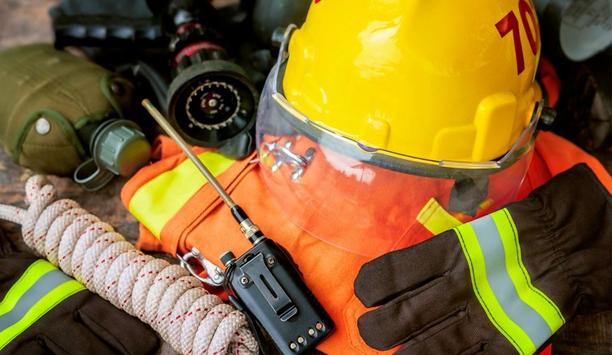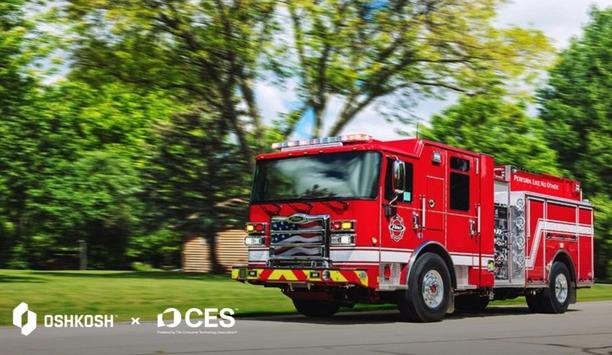This is a national effort, led by the Government, to make high-rise residential buildings safer, and give a better understanding of high-rise residential buildings across the country.
It has come off the back of the tragic Grenfell Tower disaster and is in its second phase.
ACM cladding
The first phase of the program focused on Aluminium Composite Material (ACM) cladding. This saw SYFRS, and other fire services right across the country, work with building owners to identify buildings with ACM cladding and report back to the Government.
The second phase, which began in October, involves the inspection of all high-rise residential buildings that are over 18 meters high or have six or more stories. The target is for all buildings in South Yorkshire that fit this criteria to have been inspected by the end of December 2021.
What is the South Yorkshire Building Risk Review team?
South Yorkshire Fire & Rescue are carrying out these Building Risk Review (BRR) inspections
This is the team, made up of experienced fire safety inspectors from within South Yorkshire Fire & Rescue, that are carrying out these Building Risk Review (BRR) inspections.
They came together in October 2020, due to a specific grant from the Government, and have already started inspecting buildings that meet the criteria. They have around 200 ‘in scope’ buildings to look at within the county.
What will the team be doing?
First and foremost, they are contacting the responsible person for each ‘in scope’ building within the county to organize an inspection to assess the fire safety measures in place.
They will ask some initial questions, and go through a desktop audit process, to decide which buildings need to be inspected first. They will then physically inspect each building, one by one, and raise any issues they find with the building management.
Advice and guidance
Action may be needed such as the removal of cladding or the introduction of waking watches
It’s important to note that the team is there to raise issues and offer advice and guidance. They are not able to physically deal with the issues themselves.
As a result of their advice, action may be needed such as the removal of cladding or the introduction of waking watches. It is for the building owners to take such action.
What happens if users find something wrong?
The team will raise any issues they find with the building management and work with them to get the problems dealt with as soon as possible.
In some cases, the team may feel the issues are serious enough to warrant an enforcement notice. This is where serious fire safety deficiencies are identified.
Time frame
SYFRS inspectors will set a time frame for when the remedial work has to be completed
SYFRS inspectors, through the notice, will set a time frame for when the remedial work has to be completed. In the most extreme cases, the team may have to issue a prohibition notice.
This is where using the powers given by the Regulatory Reform Fire Safety Order 2005, SYFRS will prohibit the use of the building or certain parts of the building. Regrettably, this would involve evacuating residents until the issues are dealt with.
Notice issuance
People should be assured, though, that it is rare to issue such a notice and we would, of course, work very closely with the building management to get people back in their homes as soon as possible.
This option is a last resort and is only used when we feel a building, or a part of a building, is unsafe for people to be living in.
Who is responsible for dealing with issues raised?
SYFRS's job, as the fire and rescue service, is to raise issues and offer advice
As already stated, the building management and owners are responsible for dealing with the issues raised.
SYFRS's job, as the fire and rescue service, is to raise issues and offer advice on what needs to be done to sort them out. It will then re-inspect buildings to ensure they are safe and that the necessary work has been carried out.
Why has this work not been done before?
It has. SYFRS has been inspecting buildings, including high-rise residential blocks, for many years.
This project is simply about accelerating the pace of these inspections so that it can implement the learning from the Grenfell Tower disaster sooner rather than later.
What about other buildings across the county?
Inspections will still take place at other buildings that aren’t ‘in scope’ for this project. SYFRS has a wider team of inspecting officers who will be carrying on their work to inspect all buildings in South Yorkshire, regardless of height.
SYFRS must stress that all responsible persons should ensure they are fully aware of their fire safety responsibilities, high-rise or not.















